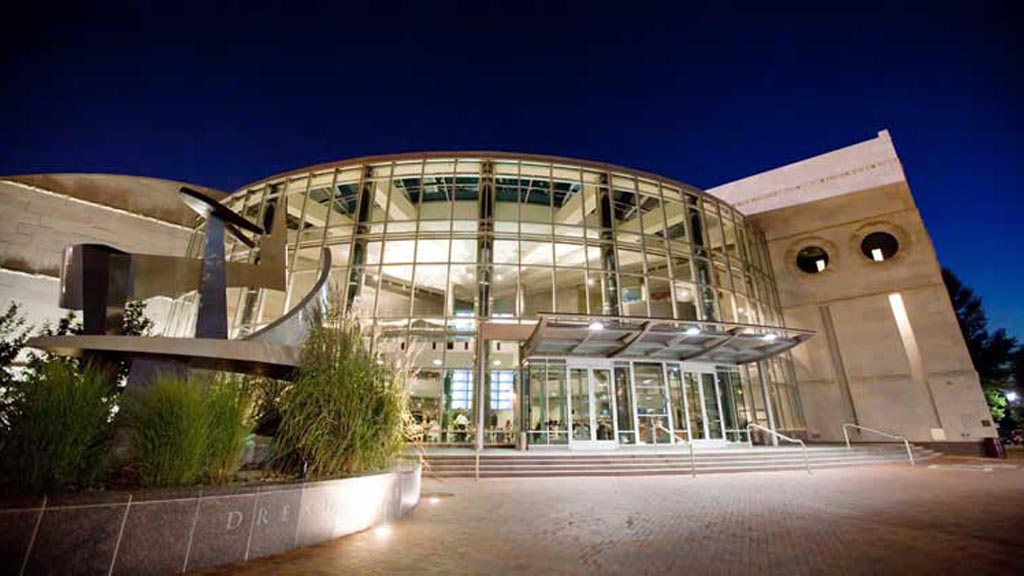Final ThoughtO Pioneers!
At last month’s Technology Retreat of the Hollywood Post Alliance, in the Southern California desert, attendance skyrocketed. People came from around the world to hear networks, broadcasters, manufacturers, Hollywood studios, scientists, and others associated with the industry offer their views on the future of digital television.
Naturally, there was a broad range of opinions, but consensus was achieved on a number of points. Everyone pretty much agreed, for example, that the MPEG-2 compression algorithm is approaching maturity, and for future reductions of bit rate other algorithms will be necessary. HDTV consumer disks, one session noted, might use data rates on the order of just 7Mbps, thanks to new compression schemes such as MPEG-4 Part 10 (H.264) or Windows Media 9.
Everyone also agreed that, without the need for any FCC rule changes, those new compression algorithms could be used to carry video and audio programming as data transmissions within digital terrestrial television (DTT) broadcasts (to appropriate datacast-decoding receivers, of course). And everyone seemed to agree that "digital rights management"—especially to prevent unauthorized Internet retransmission—is an issue that needs to be dealt with, although there was no agreement on what tack to take. CBS, for example, confirmed that it told the FCC it would drop its HDTV broadcasts if the so-called "broadcast flag" approach isn’t implemented.
Those were some of the future technology portions of the retreat. A session called "The Technology Year in Review" dealt with the past.
Among other things, it noted that according to the Consumer Electronics Association, a grand total of 542,659 ATSC receivers of any kind had left factories through the end of 2002 since the FCC’s DTT rules were issued almost six years ago. Every DTT set-top box or integrated receiver/display that’s in a store, warehouse, TV station, or production facility is one not in a home. And some early adopters have more than one each. Clearly, the number of U.S. television households equipped for DTT reception was well under half a percent at the end of last year.
That’s a very small portion of the American television audience. Is it small enough to ignore?
Back when the number of U.S. DTT receivers was even smaller—much smaller—the Advanced Television Systems Committee refused to make changes to its DTT standard that might disenfranchise any early adopter viewers. But last year’s draft digital television legislation would have outlawed analog outputs from DTT receivers, preventing the owners of HDTV displays with only analog inputs from using them to watch DTT. That HDTV ownership figure is already in the millions.
Then there are those potential HDTV datacasts. In a panel on compression algorithms at the Technology Retreat, many panelists ascribed to the new schemes a roughly 2:1 improvement in efficiency over existing MPEG-2. That would allow at least two high-quality HDTV programs to be transmitted simultaneously on a single DTT channel. And the new schemes take digital rights management into account.
It’s currently legal to use any compression algorithm to transmit video or audio as a DTT datacast—as long as MPEG-2 is still used for the main DTT program. But MPEG-2 HDTV takes up so much of the channel that a broadcaster would be hard pressed to squeeze in an additional advanced-compression HDTV datacast.
Of course, there’s no current law, rule, or regulation requiring a U.S. DTT broadcaster to carry HDTV as its main program. CBS made that abundantly clear in its threat to cease HDTV programming next season. So, if it satisfied rights issues and economic plans, current HDTV broadcasters could switch to perfectly legal standard definition, perhaps adding HDTV datacasts receivable only on new equipment.
That, unfortunately, would cause problems for DTT early adopters, those who’ve already paid for DTT receivers that are equipped for neither the broadcast flag nor advanced-compression decoding. And, if it’s OK to ignore them for those purposes, might they also be ignored to improve DTT reception?
Early adopters are pioneers. And it has often been said that pioneers may be identified by the arrows in their backs.
Mark Schubin is an engineering consultant with a diverse range of clients, from the Metropolitan Opera to Sesame Workshop.
The professional video industry's #1 source for news, trends and product and tech information. Sign up below.
